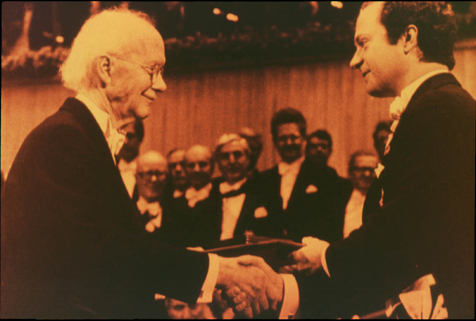
Faculty Research 1980 - 1989
Analysis of the hematopoietic effects of new dominant spotting (W) mutations of the mouse. II. Effects on mast cell development.
Document Type
Article
Publication Date
1983
Keywords
Animal, Bone-Marrow: tr, Female, Hematopoiesis, Homozygote, Male, Mast-Cells: cy, Mice, Mice-Mutant-Strains, Sex-Factors, Skin: cy, SUPPORT-U-S-GOVT-NON-P-H-S, SUPPORT-U-S-GOVT-P-H-S
First Page
461
Last Page
466
JAX Source
Exp-Hematol. 1983 Jul; 11(6):461-6.
Grant
AM25305, AM227726, CA18640
Abstract
In addition to their anemia, sterility and lack of coat pigment (1,2), W/Wv mice are mast cell deficient (3,4). Our analysis of three recently described W alleles (5) confirms reports (3,6) that (a) W mutations alter skin mast cell number in parallel with their influence on red cell number (but not with pigmentation), (b) that mast cells arise from hematopoietic tissue (7) and (c) that injections of normal bone marrow cells, which cure the anemias of W/Wv recipients, also alleviate the deficiency of skin mast cells in these mice. Transplants of bone marrow cells from mice homozygous for two new anemia-causing W alleles, W39 and W41, fail to cure the anemias of W/Wv recipients (companion paper) or increase the number of mast cells in their skin. Marrow cell implants from non-anemic W44/W44 mice cure the anemia, but do not change the number of mast cells in the skin of W/Wv recipients. The fact that the bone marrows of all three new homozygotes have fewer than normal numbers of CFUs hematopoietic stem cells (see companion paper) and have reduced mast cell-regenerating capacities, supports Kitamura's contention (8) that mast cell precursors may be closely related to or identical with the CFUs.
Recommended Citation
Geissler EN,
Russell ES.
Analysis of the hematopoietic effects of new dominant spotting (W) mutations of the mouse. II. Effects on mast cell development. Exp-Hematol. 1983 Jul; 11(6):461-6.

